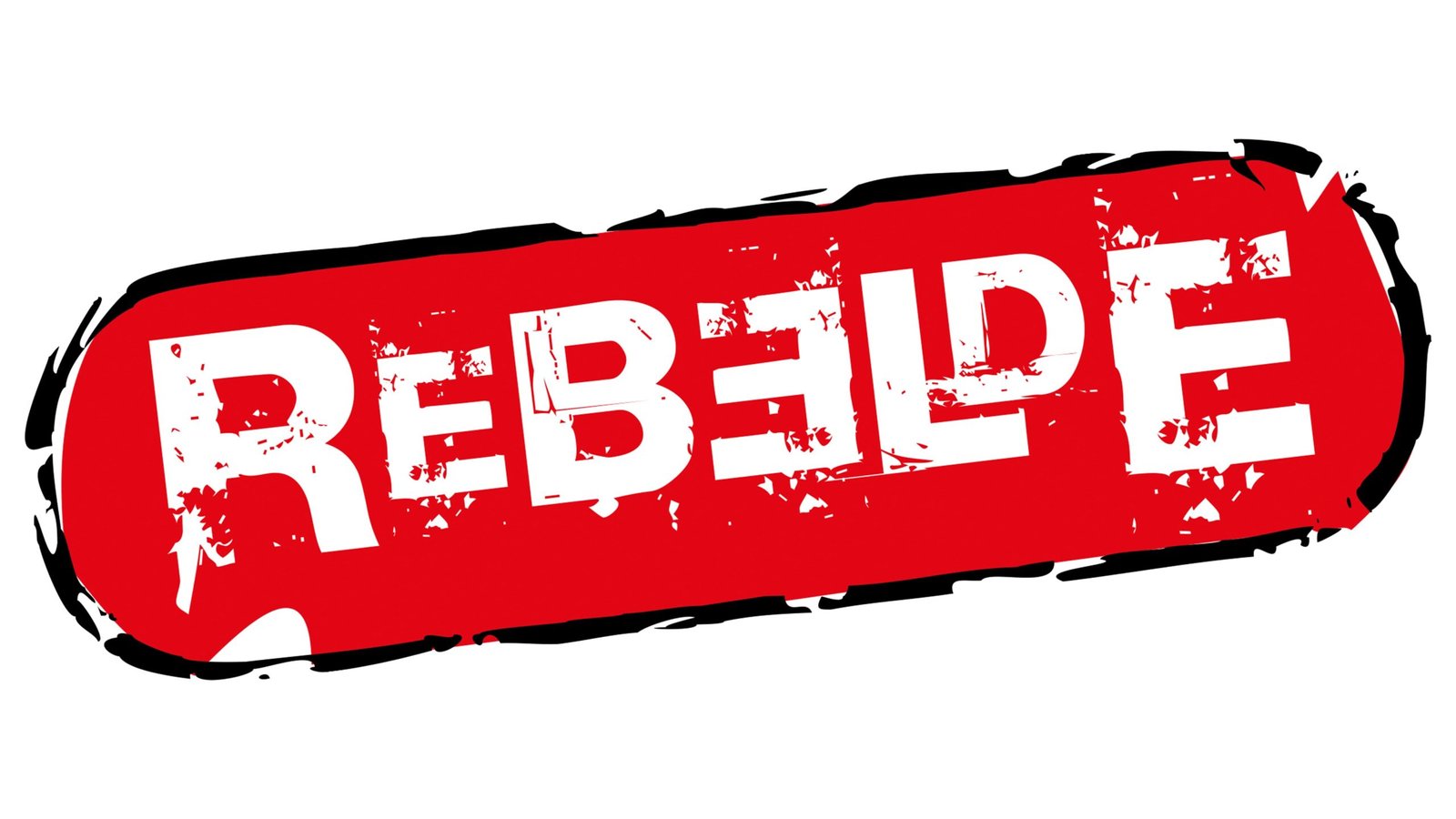Placing gypcrete between subfloors and floor coverings offers several benefits including improved safety and better sound quality. Gypsum concrete’s fire-retardant properties and sound insulation qualities provide those benefits. The durability of gypsum mixed with concrete also helps it last longer without cracking. Here are six benefits of using gypcrete:
1. Acoustic Control
Gypcrete helps create an effective noise barrier as it disrupts the transmission of sound through floors and walls. This concrete enhances sound quality by blocking outside noise, making it good to use in studios. Its acoustic properties make it a good option for flooring in rentals to provide a quiet space for tenants.
2. Insulating Properties
Gypsum has low thermal conductivity. Mixing it with concrete can help keep your home’s temperatures moderate and comfortable. In the winter season, the mixed concrete prevents the loss of heat so your rooms can stay warm. In the summer, it keeps you comfortable by blocking outside heat.
The insulation property of gypsum can complement your air conditioning system in regulating interior temperatures. It helps enhance energy efficiency because the AC won’t need to power off and on as often. Installing the mixed concrete alongside radiant floor heating technologies lets you run the floor heating system at lower temperatures, which saves on energy costs.
3. Fast Installation
It is easy to install gypsum concrete as floor underlayment. Start by mixing gypcrete powder with water using a high-speed mixer. Then pour the mixture onto the primed floor. For basic underlayment, pouring the mixture up to twenty millimeters thick is appropriate. You must wait for five to seven days to allow the poured mixture to dry. Mechanical ventilation and heat can speed up the time it takes for the mixture to dry.
The ease and speed of using this concrete helps installers meet project deadlines. Using water and a pump for installation facilitates a smooth application. Underlayment professionals have the equipment and experience needed to complete the installation quickly.
4. Safety
Gypsum-based concrete can serve as a fire retardant as it consists of crystallized water that evaporates when subjected to very high temperatures. The evaporating crystallized water has a cooling effect that slows down the transmission of heat. The thickness and high density of gypcrete increase the fire resistance of your property. When subjected to fire, the water in the mixture releases steam, which helps slow down the transfer of heat. Gypsum-based concrete also increases the fire rating for your property, as it protects the property from fire hazards.
5. Resistance to Moisture and Mold
Gypsum-based concrete underlayment waterproofs your flooring. The concrete’s smoothness and insulation properties prevent water from soaking in and damaging the floor. Including a sealant in the mixture also helps keep moisture out, which prevents mold growth in the structure. Flooring underlayment installers test the moisture level in your mixture before use to make sure the installation is moisture-free. Applying a substrate with minimal moisture prevents adhesive challenges that can contribute to damaged floors.
6. Durability
Mixing gypsum and concrete together produces a strong and stable material. The mixture can withstand heavy weight due to its high resistance to cracking. It is also resistant to abrasive damage. Installers can tell you the right quantities of water and powder to create a sturdy underlayment. This also prevents the gypcrete from cracking or becoming chalky.
Use Gypcrete Today
Using gypsum-based concrete will allow you to finish your construction projects on time. The underlayment material meets high standards of quality and safety. Some of the advantages you can expect include fast installation, better acoustics, and increased fire ratings. Gypcrete is also long-lasting and helps keep interior temperatures comfortable. Contact gypcrete providers today to learn more about how this material can improve your construction results.

